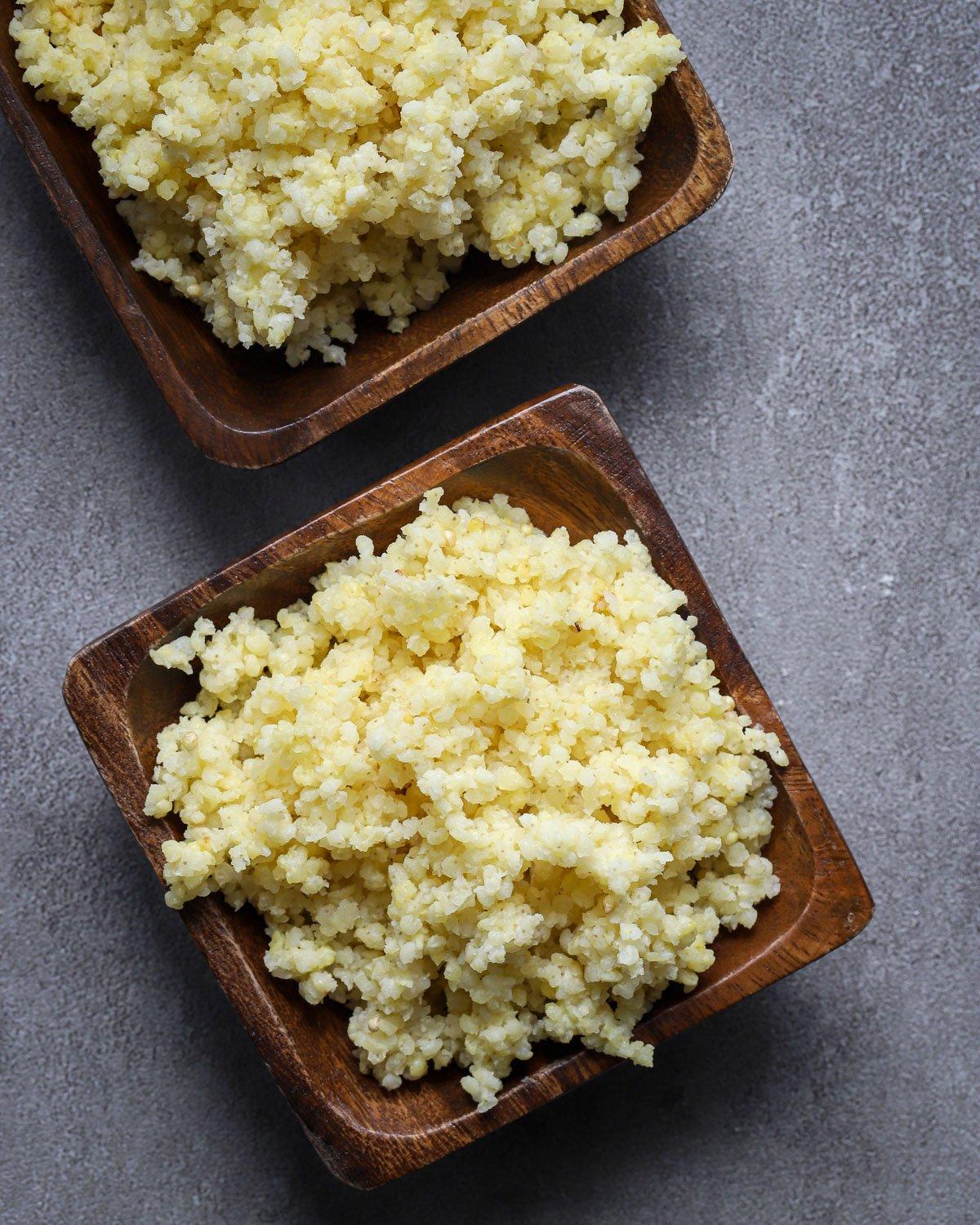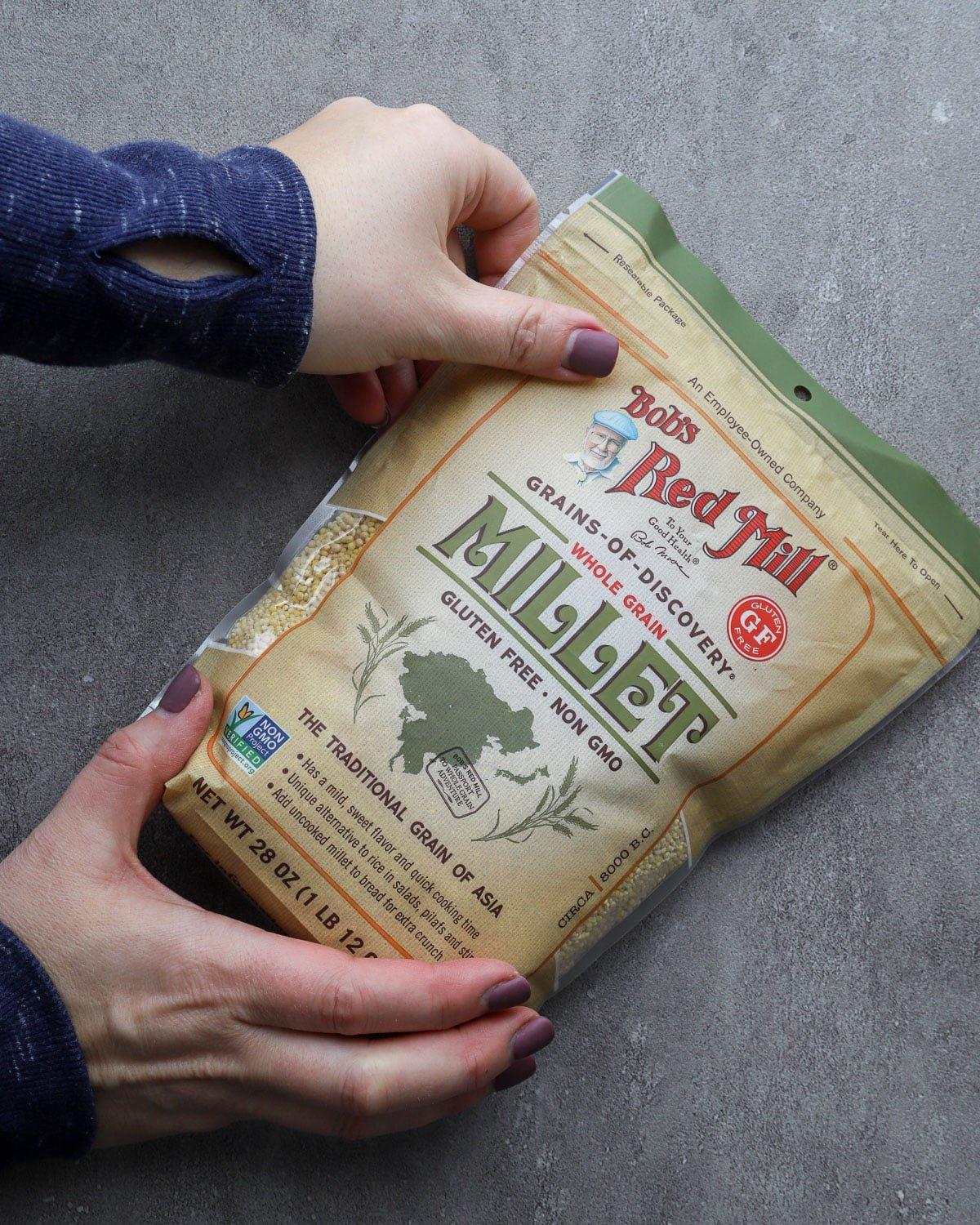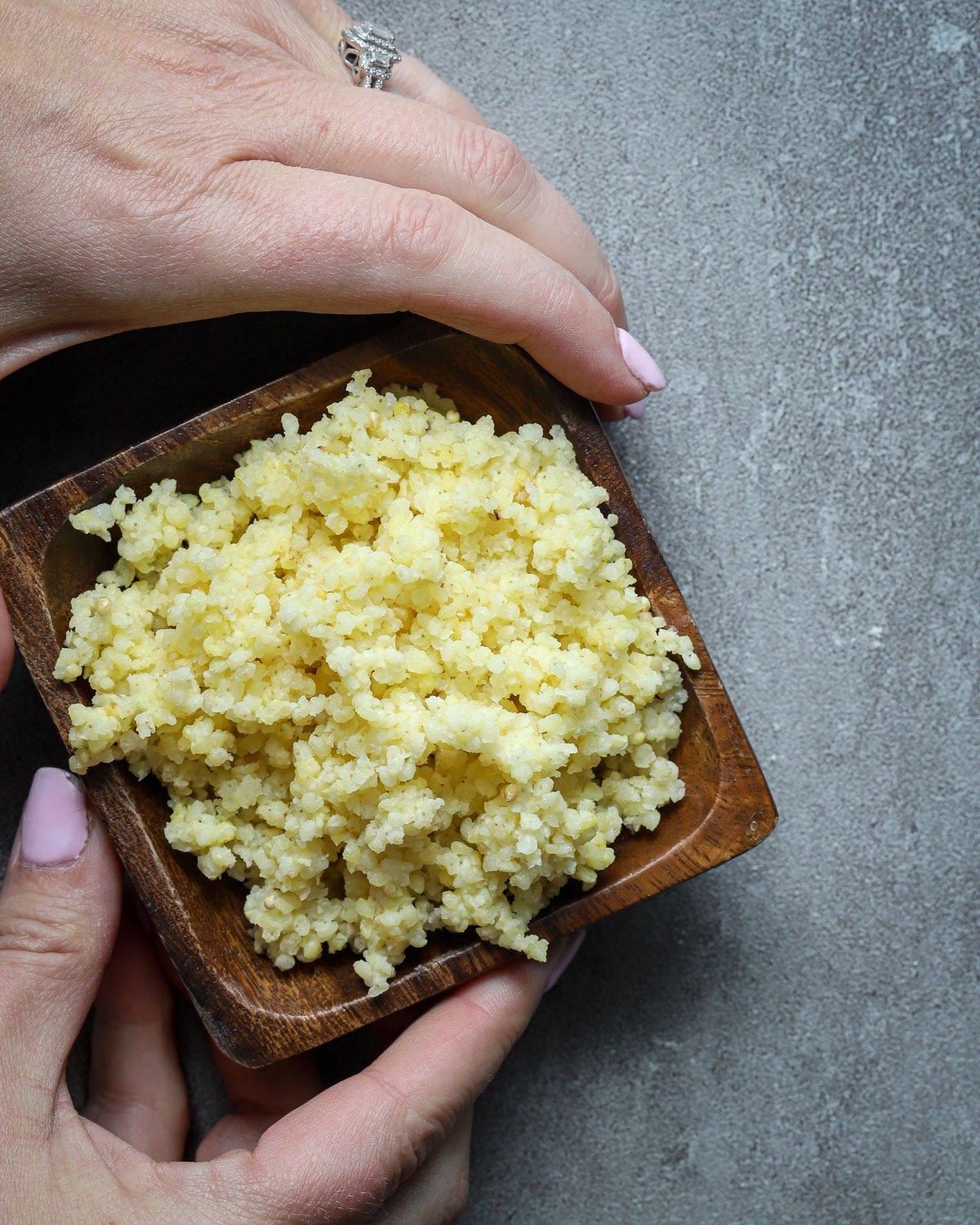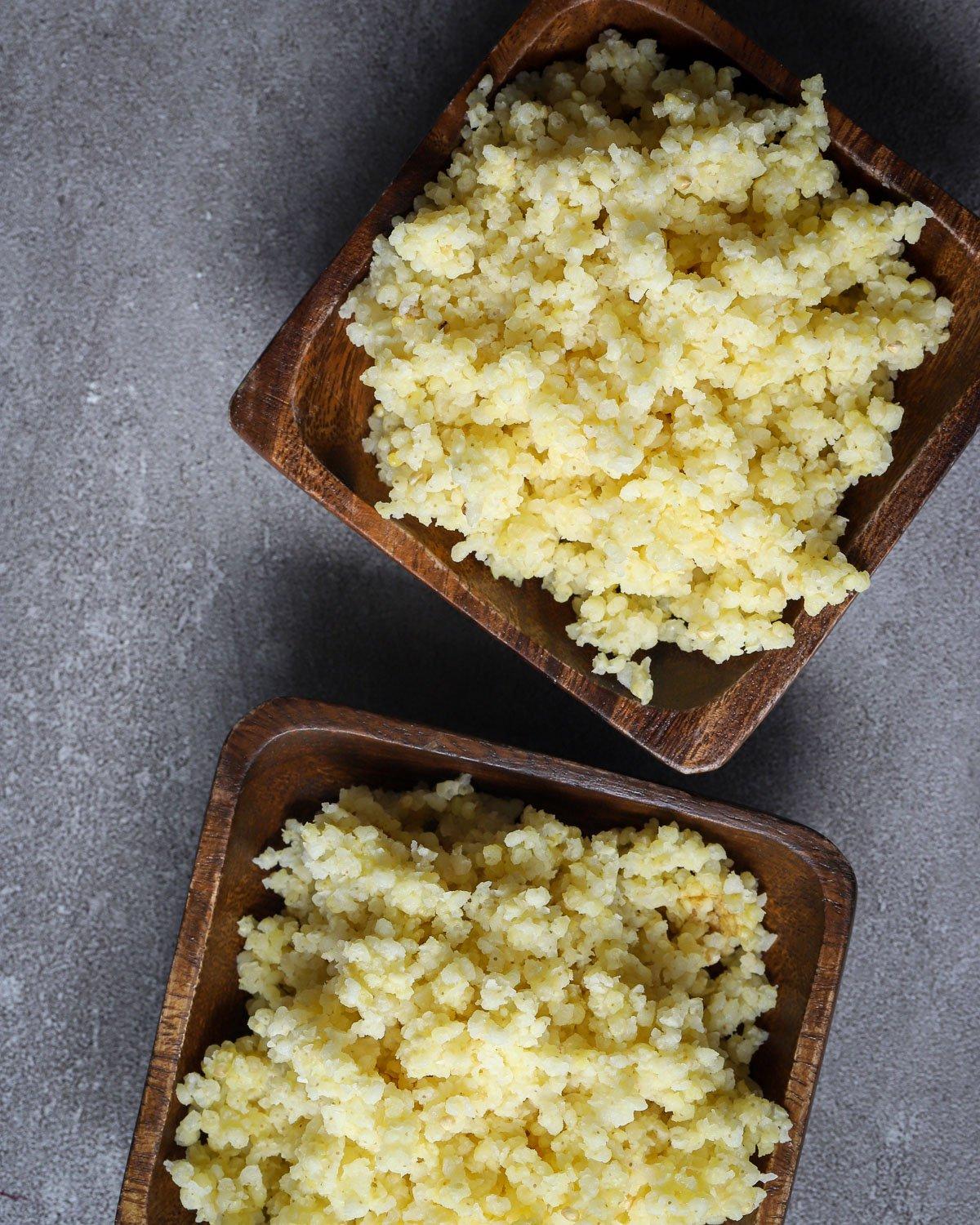Are you curious about how to cook millet in a rice cooker? Let me tell you, it’s incredibly easy! Rice cookers are a convenient kitchen appliance that requires minimal effort. And the best part? They can be used to cook millet too. In this article, you’ll find all the information you need to get started. So let’s dive in!
What is Millet?
Millet belongs to the grass family, known as Poaceae, and is a type of cereal grain. You might have seen it in birdseed before, but it’s actually an ancient grain with numerous health benefits. Although it has been a staple in Asia and Africa, millet is gaining popularity in the West as a gluten-free whole grain. Not only that, but it’s also resilient and can thrive in harsh environments. Plus, it has a delightful nutty flavor that many people enjoy.
Where to Buy Millet?
Finding millet shouldn’t be a challenge. Local grocery stores often carry a limited variety, and brands like Bob’s Red Mill offer high-quality millet that is easy to find. If you’re looking for a wider selection, natural food stores or online platforms like Amazon are great options. Depending on your location, you may have even more millet choices available to you.
Ingredients:
To cook millet in a rice cooker, you’ll need a few key ingredients:
- Millet: Pearl millet or foxtail millet are excellent choices.
- Liquid: You can use water or broth to add extra flavor.
- Salt: A small amount of salt will enhance the taste of millet. If using broth, be mindful of its salt content.
How to Make Millet in the Rice Cooker
Cooking millet in a rice cooker is a breeze. But before you begin, it’s important to give the millet a good rinse to combat any potential bitterness. Once rinsed, follow these simple steps:
- In the rice cooker, combine 1 cup of millet with 1 ½ cups of water or broth.
- Add a pinch of salt to enhance the flavor.
- Set the rice cooker to the white rice setting and let it do its magic for approximately 20 minutes.
- Once cooked, fluff the millet with a fork, and voila! It’s ready to be served.
Soaking Millet vs Not Soaking
There’s been a lot of debate about soaking millet before cooking, but the truth is, it’s not necessary. Soaking millet can help break down the phytic acid and shorten the cooking time, but it doesn’t significantly affect the final result. So feel free to skip the soaking process if you prefer.
Types of Millet
Millet comes in various types, including Pearl millet, Proso millet, kodo millet, Finger millet, little millet, Foxtail millet, barnyard millet, Sorghum millet, and Buckwheat millet. While some are more readily available than others, you can explore different types through online platforms like Amazon, which offer multi-packs for greater variety.
How to Use Millet
Millet is incredibly versatile and can be used as a substitute for rice in grain bowls or as an addition to salads, soups, and casseroles. Anywhere you would typically use rice or quinoa, millet can be a healthy and flavorful alternative. You can also experiment with millet flour in baked goods or try millet flakes in granola bars. The options are endless!
Tips and Tricks
- If you forget to soak the millet, don’t worry! It won’t affect the outcome.
- To reduce bitterness, thoroughly rinse the millet in cool water to remove the saponin coating.
- The ideal ratio for cooking millet is 1 cup of millet to 1 ½ cups of liquid. Adjust accordingly based on your preference and the variety of millet you’re using.
- Keep in mind that like any whole grain, millet may cause gas for some individuals. However, this isn’t the case for everyone, so listen to your body.
Now you have all the knowledge you need to confidently cook millet in your rice cooker. Enjoy the simplicity and delicious results of this gluten-free whole grain. If you want to explore more healthy options and cooking tips, visit Ekilove for a wealth of resources.







